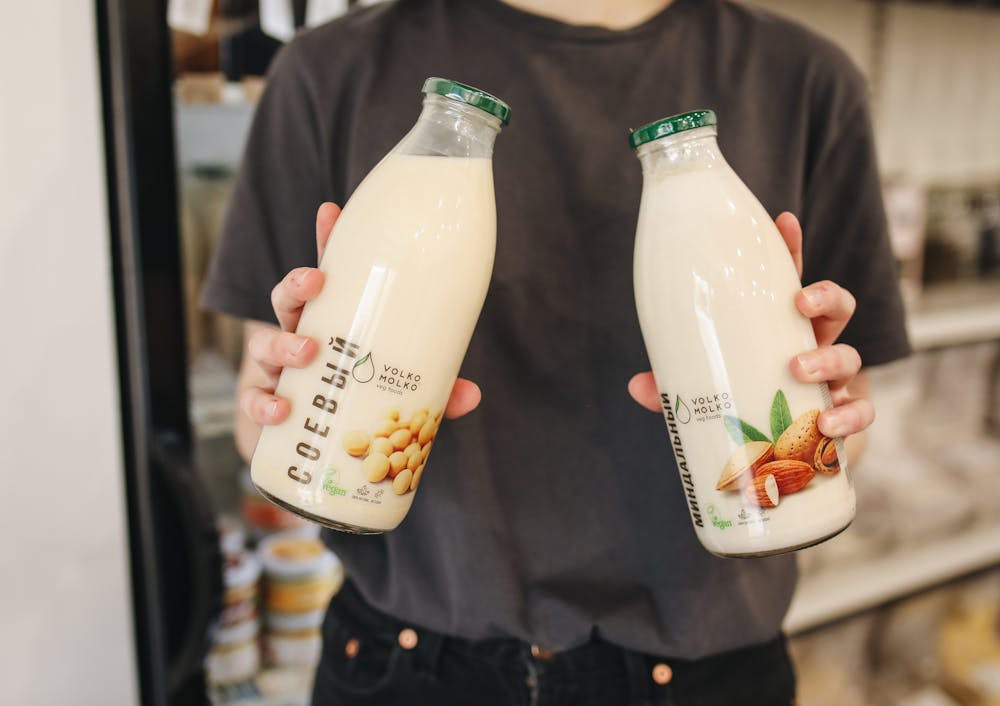If you’re lactose intolerant, adjusting your diet can be both a challenge and an opportunity to explore new foods. A lactose-free diet means avoiding dairy and products that contain lactose, but with so many alternatives available, there’s no need to miss out on delicious and nutritious meals or reach out for Mushroom Gummies any time soon.
What is Lactose Intolerance?
Lactose intolerance occurs when your body doesn’t produce enough lactase, an enzyme that helps digest lactose, the natural sugar found in milk and dairy products. Without sufficient lactase, undigested lactose passes into the colon, where it can cause symptoms like bloating, gas, stomach cramps, diarrhea, and other digestive discomforts. However, by adjusting your diet, such as choosing lactose-free products or incorporating lactase supplements, you can manage symptoms and still maintain a healthy, balanced nutritional intake.
Foods to Eat on a Lactose-Free Diet
For a lactose-free lifestyle, the key is to look for alternatives to dairy products. Some great options include:
- Lactose-Free Dairy: Many brands offer lactose-free versions of milk, yogurt, cream, and cheese. These products still provide the same taste and nutritional benefits as regular dairy but without the lactose.
- Plant-Based Milks: Almond, soy, rice, oat, and coconut milk are popular alternatives. These are lactose-free and can be used in cooking, baking, or enjoyed with cereals.
- Lactose-Free Yogurt and Cheese: Yogurts made from almond, soy, or coconut milk can be a tasty substitute. Vegan or plant-based cheeses, such as those made from soy or cashews, are another option for those missing cheese.
- Naturally Lactose-Free Foods: Non-dairy foods such as fruits, vegetables, meats, nuts, and grains are all safe to consume. Fish like salmon and sardines, rich in calcium, are excellent replacements for dairy in terms of nutrients.
- Probiotics and Aged Cheeses: Certain aged cheeses like cheddar, parmesan, and Swiss are low in lactose, while probiotic-rich foods such as Greek yogurt can be easier to digest because the bacteria consume much of the lactose during fermentation.
Foods to Avoid
When on a lactose-free diet, it’s important to steer clear of products that contain dairy or hidden lactose. Some of the common culprits include:
- Milk and Cream: Regular milk, condensed milk, and cream should be avoided. Even seemingly harmless ingredients like milk solids and whey can trigger symptoms.Be cautious with drinks like milkshakes, as they often contain these ingredients.
- Soft Cheeses and Yogurt: Brie, cream cheese, and standard yogurts tend to have high lactose content. Stick to lactose-free or plant-based alternatives.
- Processed Foods: Be cautious of processed foods like bread, cookies, salad dressings, soups, and ready meals. These often contain milk or lactose as an ingredient.
- Certain Baked Goods and Snacks: Cakes, pastries, pancakes, and even some chips or crackers may have lactose due to added milk or butter.
Final Thoughts
A lactose-free diet doesn’t mean giving up all your favorite foods. With so many lactose-free and plant-based options available, you can enjoy a wide range of delicious meals while keeping your digestive system happy. The key is to always read labels, watch out for hidden lactose in processed foods, and choose alternatives that suit your lifestyle and taste preferences.


